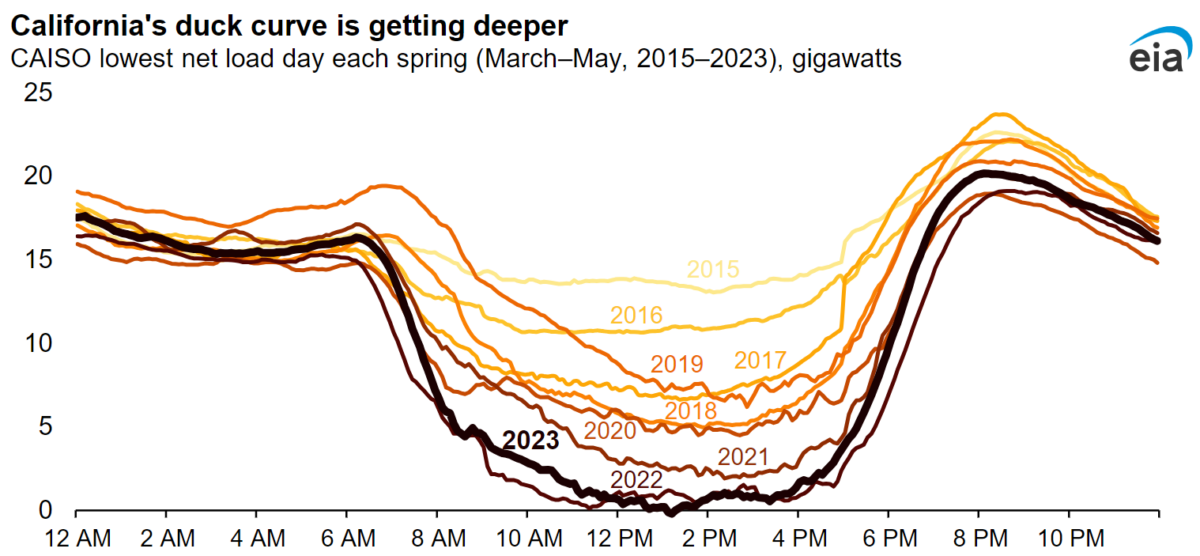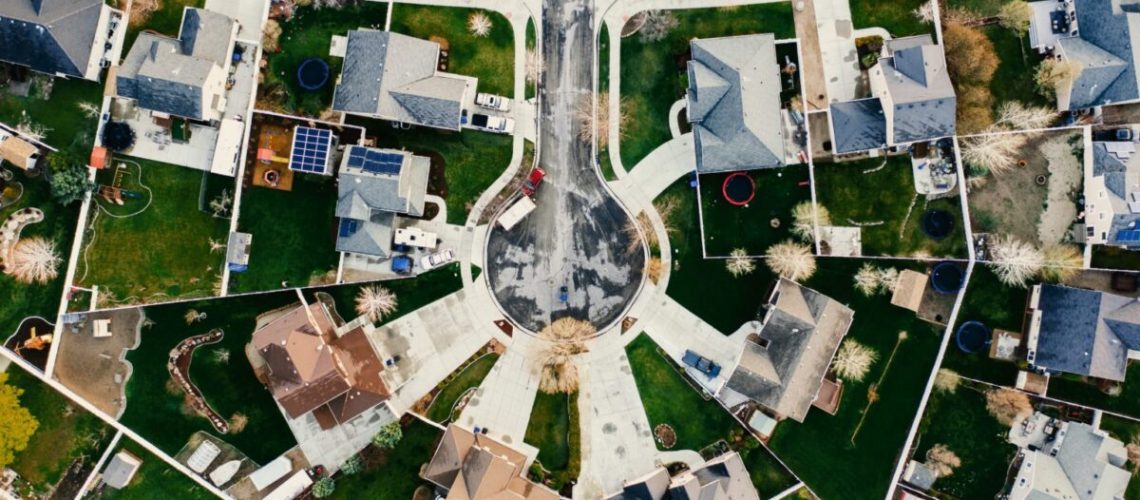Customers that have invested in solar under NEM 1.0 and 2.0 may be forced into a regulatory scheme that would threaten their return on investment, based on guidance from the California Public Advocates office.
A state entity, the California Public Advocates Office (PAO), released a report suggesting that residents who have invested in rooftop solar should be force-shifted onto a regulatory scheme that would greatly diminish the value of their investments.
The PAO released a fact sheet claiming that rooftop solar net metering will create an $8.6 billion cost for non-solar customers in the state, and that this number is increasing. As a result, it has advised that net energy metering (NEM) 1.0 and 2.0 customers are forced to shift to the far less advantageous NEM 3.0 rate structure.
The issue at hand is justified based on the “cost shift” problem, a claim backed by utilities that electric bill payers that do not have rooftop solar are subsidizing their solar-installed neighbors. By paying solar customers a retail rate for electricity exported to the grid from a rooftop solar array, utilities say they are incurring a cost that must be paid in the form of raised electric rates.
The PAO is an agency designed to be a voice for California residents, interacting with the Public Utilities Commission (CPUC) on energy related regulatory issues. It has historically repeatedly released guidance that dovetails with the demands of the state’s three multi-billion-dollar private electric utilities.
“This cost burden – commonly referred to as a cost shift – to non-rooftop solar customers of Pacific Gas and Electric, Southern California Edison, and San Diego Gas & Electric has risen from $3.4 billion annually in 2021 to $8.5 billion annually by the end of 2024, and it will continue to grow in coming years,” said PAO.
This was the central argument that led to the passage of NEM 3.0, a regulatory structure which transitioned the state from paying lucrative retail rates for solar grid exports to “avoided cost” rates that are roughly 80% lower. The change led to a nosedive in installations in the state, dropping it out of the number one spot for installations for the first time in over a decade.
California has since suffered numerous solar installer bankruptcies and lost tens of thousands of jobs. Solar advocates have argued that while a full retail rate could not be paid forever, the move to NEM 3.0 was too steep of a cut. It’s an issue so contentious that ongoing litigation has brought the issue of NEM 3.0 to California Supreme Court.
For solar owners, PAO suggested the shift from NEM 1.0 and 2.0 to 3.0, also known as net billing tariff (NBT), would occur upon the sale of a home, or after 10 years of interconnection. Most homeowners signed a net metering agreement along with their 25 year loan or lease with the expectation that their agreement would span the life of the solar array. However, net metering agreements do not have any legally binding requirement to grandfather in existing customers for their system’s life.
The PAO also suggested that NEM 2.0 customers have their compensation rates frozen to the time in which they signed the agreement. Rather than being paid a retail rate that increases with the ever-rising electric utility rates, it would remain fixed, cutting down on the benefit of solar.
Silver linings?
However, NEM 3.0, while a shot to the hamstring for the solar industry, has come with some benefits. More than half of solar installations are now opting to include battery energy storage, up from 20% or less in 2023. This may provide critical for California’s clean energy transition, as the intermittent cycles of generation of solar do not match up directly with when power is being used.
This mismatch can be best described with a chart known as the “duck curve,” which shows the daily imbalance the California grid struggles with. Battery energy storage allows this duck curve to be smoothed out, delivering power when demand reaches a high point. This helps grid managers avoid building out inefficient natural gas “peaker” plants to serve those high-demand hours.

Vincent Ambrose, chief commercial officer, FranklinWH told pv magazine USA about the many ways batteries can help solar evolve and continue to serve California residents’ power demands.
“You can think of PV like a knife, it cuts one way, does one thing, and does it efficiently. It produces electricity,” said Ambrose. “When you take a look at an energy management system with a battery, now you’ve got a Swiss Army Knife. It serves all kinds of functions, whole-home backup, peak shaving, load management, even grid-interactive services.”
While batteries offer customers at home a lot more flexibility, those that were sold a solar array with no battery during NEM 1.0 and 2.0 may find themselves in a financially precarious position on their investment should the PAO’s suggestion become reality.
Popular content




